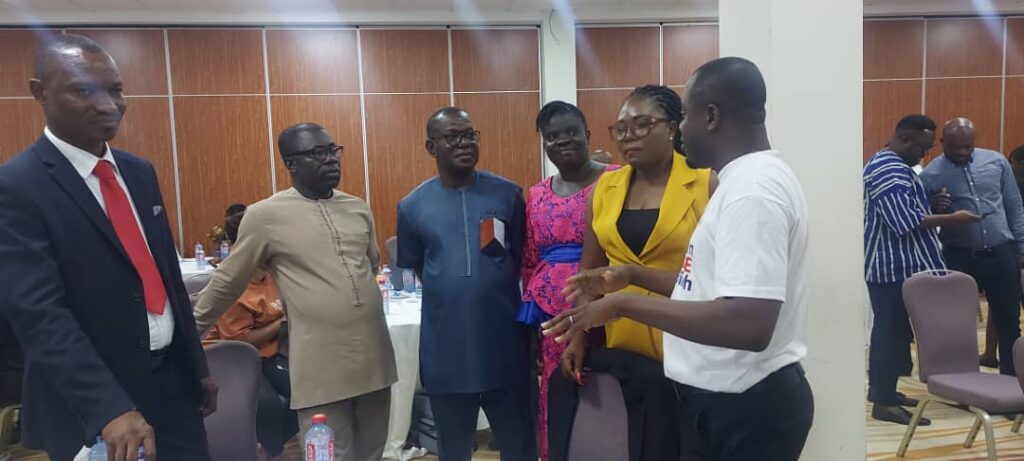In a world where gender inequality still persists, the arts have emerged as a powerful force for change and a catalyst for reshaping societal norms. From music to dance, theater to visual arts, creative expression offers a platform to challenge stereotypes, celebrate diversity, and promote gender equality. In this blog post, we explore the transformative potential of the arts in advancing gender equality and fostering a more inclusive society.
The Arts as a Reflection of Society
Art has always been a reflection of society, a mirror that showcases our values, beliefs, and biases. Unfortunately, it has often mirrored the deeply ingrained gender disparities that persist in many parts of the world. Historically, women and gender-diverse individuals have faced obstacles in pursuing careers in the arts, with limited representation and recognition.
However, artists and activists are using their creative talents to challenge these norms and bring about change. Through their work, they explore the complex issues surrounding gender equality, shedding light on the experiences of women and marginalized communities.
Empowering Women Artists
Empowering women artists is a crucial step in promoting gender equality through the arts. Initiatives and organizations dedicated to supporting and showcasing the work of female artists have been on the rise. These platforms provide opportunities for women to share their perspectives, tell their stories, and challenge the status quo.
Female artists often tackle topics such as identity, body image, sexuality, and the role of women in society. Their work serves as a catalyst for important conversations and helps to break down stereotypes, fostering a more inclusive and equitable artistic landscape.
The Role of Representation
Representation matters, both on and off the stage. Gender equality in the arts means not only giving women and gender-diverse individuals equal opportunities to perform and create but also ensuring that their voices are heard and respected. It means having women in leadership roles in arts organizations and institutions.
When women and gender-diverse individuals are represented in positions of power and decision-making within the arts, it sends a powerful message about inclusivity and equality. It also leads to more diverse programming, which can challenge traditional gender roles and norms.
Challenging Stereotypes and Celebrating Diversity
The arts offer a unique platform for challenging stereotypes and celebrating diversity. In music, artists like Beyoncé, Alicia Keys, and Taylor Swift use their lyrics and performances to advocate for women’s rights and gender equality. In the world of theater, productions like “The Vagina Monologues” and “Wit” tackle issues of gender and health head-on.
Dance companies, too, are pushing boundaries by exploring themes related to gender and identity. Visual artists are using their work to question societal expectations and redefine beauty standards. These creative expressions not only challenge harmful stereotypes but also offer a vision of a more inclusive and equitable world.
Conclusion
Gender equality through the arts is not just an aspiration; it’s a movement that is actively reshaping our cultural landscape. Artists, activists, and organizations around the world are using creative expression to challenge gender norms, empower women, and create a more inclusive society.
As we continue to support and celebrate the work of women artists and gender-diverse individuals, we take a step closer to a world where gender equality is not just a goal but a lived reality. The arts have the power to inspire change, break down barriers, and create a harmonious future where everyone’s voice is heard and respected.

